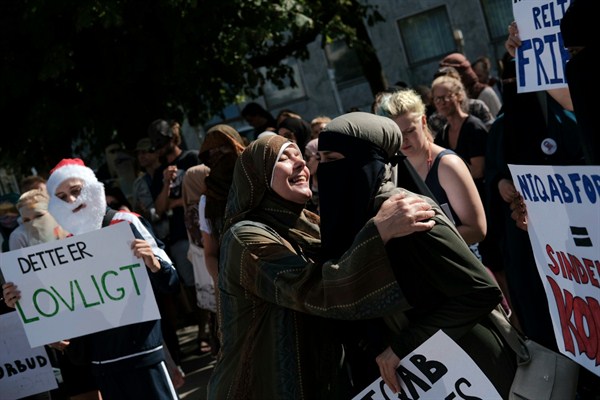AARHUS, Denmark—To headmaster Karen Jessen, the school she runs embodies the best of Denmark. Sitting on the western edge of Aarhus, the country’s second-largest city, the school, known as Sødalskolen, or “Lake Valley School,” serves students from the ages of 6 to 16 from two starkly different neighborhoods. To the west of the school is Brabrand, a sprawling district of semi-detached and standalone homes belonging to a mostly white and affluent Danish population. And to the north is Gellerup, an area dominated by social housing in which up to 80 percent of the population are of non-Danish descent and incomes are significantly lower.
“A little piece of the future” is how Jessen describes the student body, with a sense of pride in her voice. “All our pupils are equal, wherever they come from,” she says. “Whether you are from Brabrand or Gellerup, from Denmark or Turkey, it doesn’t matter.”
The Danish government, however, seems to think otherwise. If it gets its way, Jessen faces a future in which her pupils will be living under different sets of rules depending on their address. For those from well-off Brabrand, nothing will change. But those from Gellerup will officially be treated as residents of a designated “ghetto,” their lives governed by special laws.
Listen to Rik Rutten discuss this article on WPR’s Trend Lines Podcast. His audio starts at 23:17.

